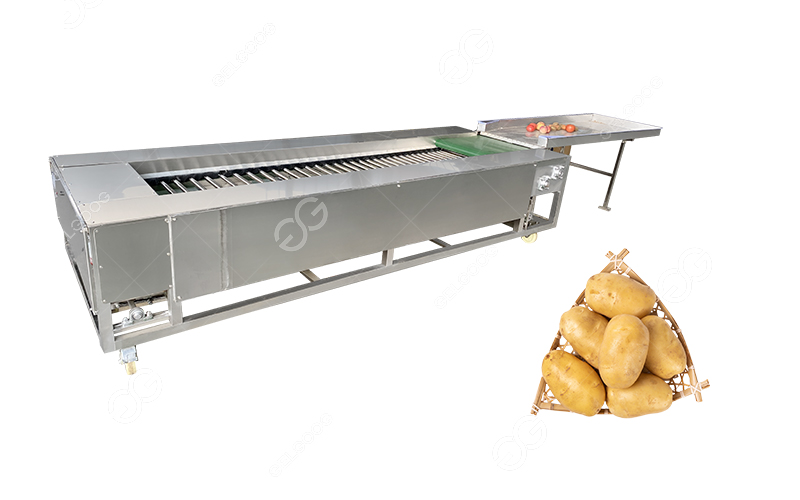Potatoes are a staple food worldwide, finding their way into a multitude of dishes, from mashed potatoes to french fries. However, before they reach our plates, potatoes must undergo rigorous sorting to ensure only the highest quality produce makes it to market. Traditionally, this process has been labor-intensive and time-consuming. But with the advent of automatic potato sorting systems, the game has changed entirely.
The need for automation
Potato sorting is crucial for farmers and distributors alike. Quality control ensures that only the best potatoes are sold to consumers, while also minimizing waste. Traditionally, sorting was done manually, relying on human judgment to identify and separate potatoes based on size, shape, and defects. This method, while effective, is slow and prone to errors.
As demand for potatoes continues to rise, so does the need for efficient sorting methods. This is where automatic sorting systems come into play, offering speed, accuracy, and consistency unmatched by manual sorting.
How potato sorting systems work
Automatic potato sorting systems utilize advanced technology. Here’s how they typically work:
- Feeding and inspection: Potatoes are fed onto a conveyor belt and the potatoes move as the conveyor belt moves forward.
- Classification: As the potatoes continue to move forward, small-sized potatoes will fall from the small gaps, and large-sized potatoes will fall from the large gaps, thereby achieving potato sorting.
- Quality control: Before packaging, the sorted potatoes may undergo further inspection to ensure accuracy and quality consistency.
Advantages of automatic sorting systems
The adoption of automatic potato sorting systems offers numerous benefits:
- Increased efficiency: Automatic systems can sort potatoes at a much faster rate than manual sorting, increasing overall productivity.
- Improved accuracy: Machine can identify defects with high precision, ensuring only top-quality potatoes make it to market.
- Reduced labor costs: By automating the sorting process, companies can significantly reduce labor costs associated with manual sorting.
- Minimized waste: Accurate sorting means fewer potatoes are discarded due to defects, reducing waste and maximizing profitability.
- Flexibility: These systems can be programmed to sort potatoes according to various criteria, allowing for customization based on market demands.
- Consistency: Automatic sorting systems provide consistent results, eliminating human error and variability.
Furthermore, the adoption of these systems is not limited to potatoes. Similar technologies are being applied across various agricultural sectors, from fruits and vegetables to grains and nuts, revolutionizing the way we sort and distribute food worldwide.
In conclusion, potato sorting systems represent a significant advancement in the agricultural industry, offering improved efficiency, accuracy, and cost-effectiveness. By embracing these technologies, farmers and distributors can ensure that only the finest potatoes make it from the field to the table, meeting the demands of a growing global population.

